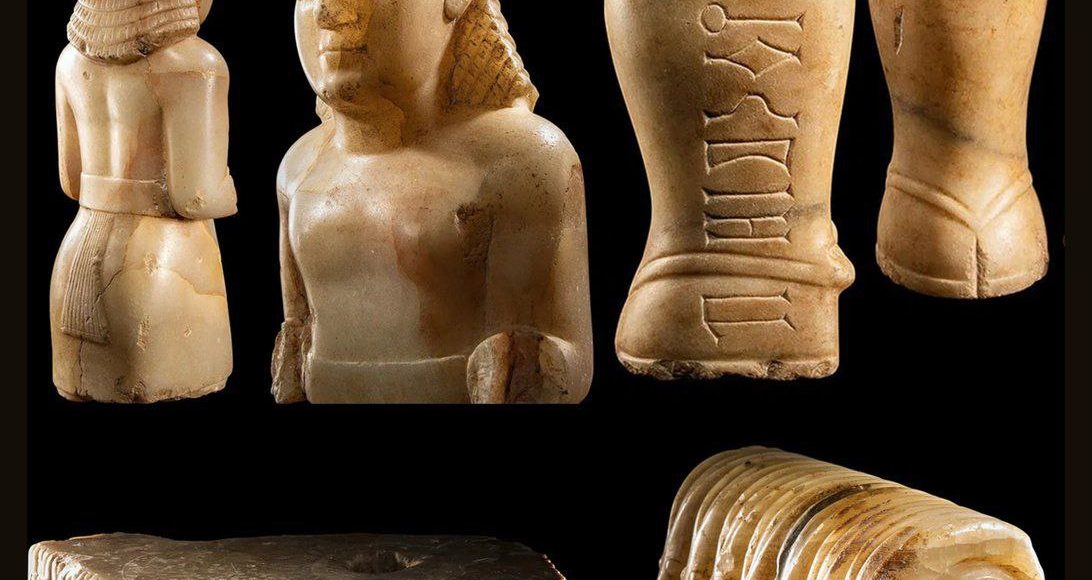SANAA, oct. 29 (YPA) – Yemeni researcher Abdullah Mohsen, who specializes in monitoring and tracking smuggled antiquities, revealed that four rare Yemeni artifacts would be offered at a public auction in the United States on November 19, 2025.
In a post on the “X”, Mohsen stated that the pieces would be offered by Freemans Hindman Auction House, a company established in 2023 that has offered numerous Yemeni artifacts since its inception, “some of which are masterpieces.
According to Mohsen, the initial disclosure did not specify the location or date of the discovery of these pieces in Yemen.
“Two of the four pieces are listed in the Art Loss Register, a global database used by art market experts and law enforcement agencies to track stolen, lost, or disputed artworks,” he pointed out.
Researcher Mohsen confirmed that the first piece is a rare marble statue of a standing man, which dates back to between the 4th and 1st centuries BC. It stands 44.5 cm tall and depicts the man wearing a fitted robe that reaches his knees, cinched at the waist with a belt.
He added that the sculptor’s skill is evident in the hair, arranged in fine braids, and the face, which features a straight nose and large, deeply sculpted eyes, likely once inlaid with stones or shells.
The researcher stated that auction records indicate the statue was part of a private collection in Switzerland in the 1970s, then moved to a private collection in London between 2013 and 2016., noting that photos of the statue were published in a Yemeni treasures group on Facebook on December 22, 2019.
Researcher Mohsen stated that the second piece, “consists of four throne legs of equal size in the shape of ibex hooves, one of which bears a Musnad inscription. These legs date back to the 5th century BC. They were part of a Swiss private collection and then transferred to an American private collection in the 1980s.”
“The third piece is a marble altar dating from between the 4th and 3rd centuries BC, with a group of ibex carved on its sides,” he added. “The fourth piece is a structural element consisting of a row of ibex, dating approximately from between the 5th and 3rd centuries BC.”
The researcher confirmed that all four pieces were identified from previous private collections. The presence of a registration number for two of the pieces in the Art Loss Register database indicates that the piece has been verified or listed in the database.
He emphasized the registration company’s stipulation that research did not constitute an absolute guarantee that a piece was safe or dispute-free, meaning that the absence of a match did not necessarily mean that there would be no subsequent legal or ownership issues.
AA


